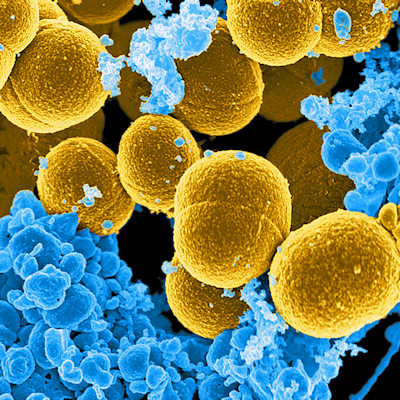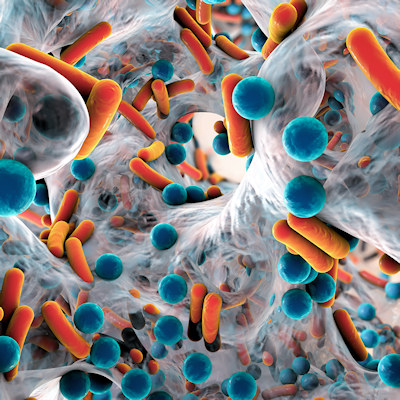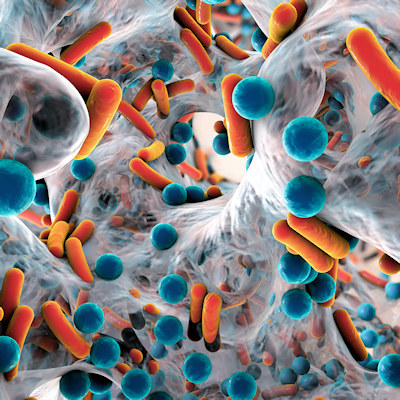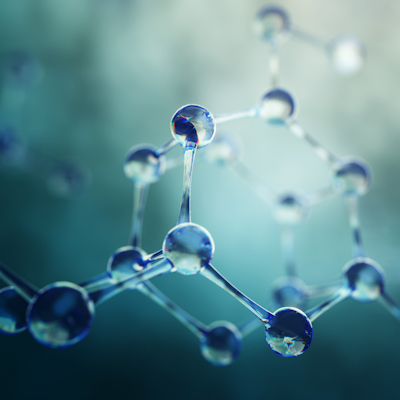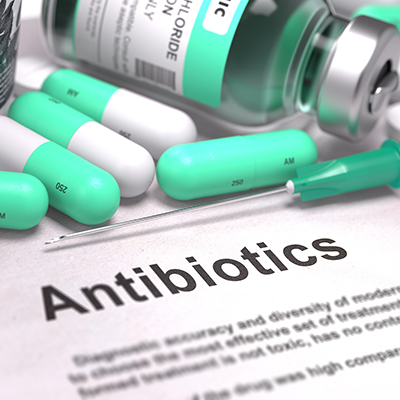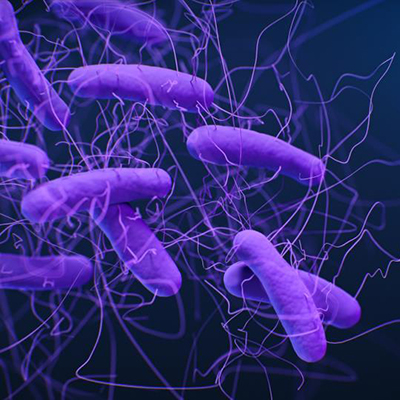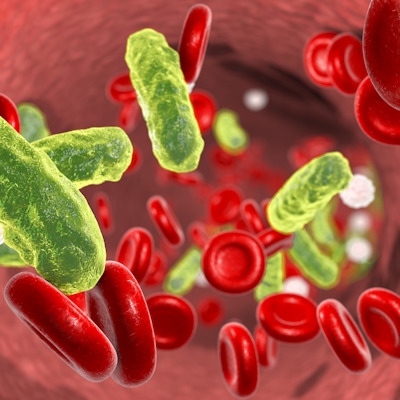May 17, 2023 -- Researchers are taking a new look at an 80-year-old antibiotic. The in vitro and in vivo studies, published Tuesday in the journal PLOS Biology, may offer a new tool in the fight against difficult-to-treat and potentially lethal multidrug-resistant bacterial infections.
Nourseothricin is a natural product made by a soil fungus which contains multiple forms of a complex molecule called streptothricin. Its discovery in the early 1940s generated high hopes for its use as a powerful agent against gram-negative bacteria -- so classified by the red color they turn after a chemical process called Gram staining is used on them. Gram-negative bacteria -- including Escherichia coli (E. coli), the most common gram-negative pathogen -- are responsible for some of the world's most significant public health problems.
Due to their thick outer protective layer, gram-negative bacteria are especially hard to kill with other antibiotics. Streptothricin was the first antibiotic with potent gram-negative activity to be discovered. Unfortunately, it proved toxic to the kidneys, so its development was halted. However, the recent rapid rise of antibiotic-resistant bacterial infections has spurred the search for new antibiotics, leading the researchers to take a new look at nourseothricin.
Early nourseothricin studies were hampered by incomplete purification of the streptothricins. More recent work has shown that the multiple forms have different toxicities. Researchers hypothesized that better purification might overcome the original renal toxicity concerns.
They characterized the antibacterial action, renal toxicity, and mechanism of action of highly purified forms of two different streptothricins, D and F, against drug-resistant Enterobacteriaceae and Acinetobacter baumannii bacteria. The D form was more powerful than the F form against these bacteria, but caused renal toxicity in mice at a lower dose. Streptothricin F, previously known to be effective against highly drug-resistant gram-negative bacteria, including carbapenem-resistant E. coli, proved significantly less toxic. Delayed renal toxicity in mice occurred at 10-fold higher doses with streptothricin F than with streptothricin D, while still remaining highly active against contemporary multidrug-resistant pathogens. Both streptothricins were highly selective for gram-negative bacteria.
Using cryo-electron microscopy, the researchers showed that streptothricin F bound extensively to 16S rRNA, a subunit of the bacterial ribosome, impinging on the decoding site where tRNA binds to the codon of the mRNA. This interaction leads to translation infidelity, or scrambled protein sequences, and the resulting death of the bacterial cell.
"Based on unique, promising activity, we believe the streptothricin scaffold deserves further pre-clinical exploration as a potential therapeutic for the treatment of multidrug-resistant, gram-negative pathogens," Dr. James Kirby, study co-author and a pathology professor of at Harvard's Beth Israel Deaconess Medical Center, said in a statement. "Not only is it potent, but that it is highly active against the hardiest contemporary multidrug-resistant pathogens and works by a unique mechanism to inhibit protein synthesis."
Copyright © 2023 scienceboard.net




